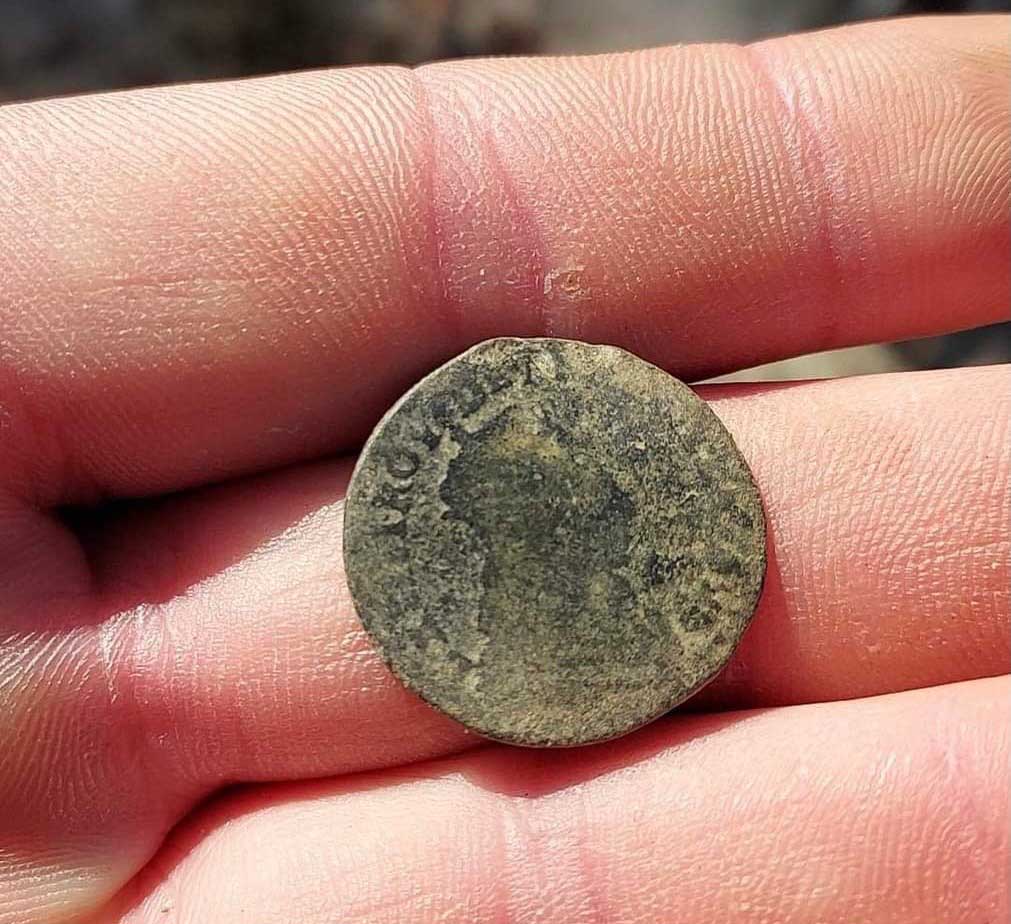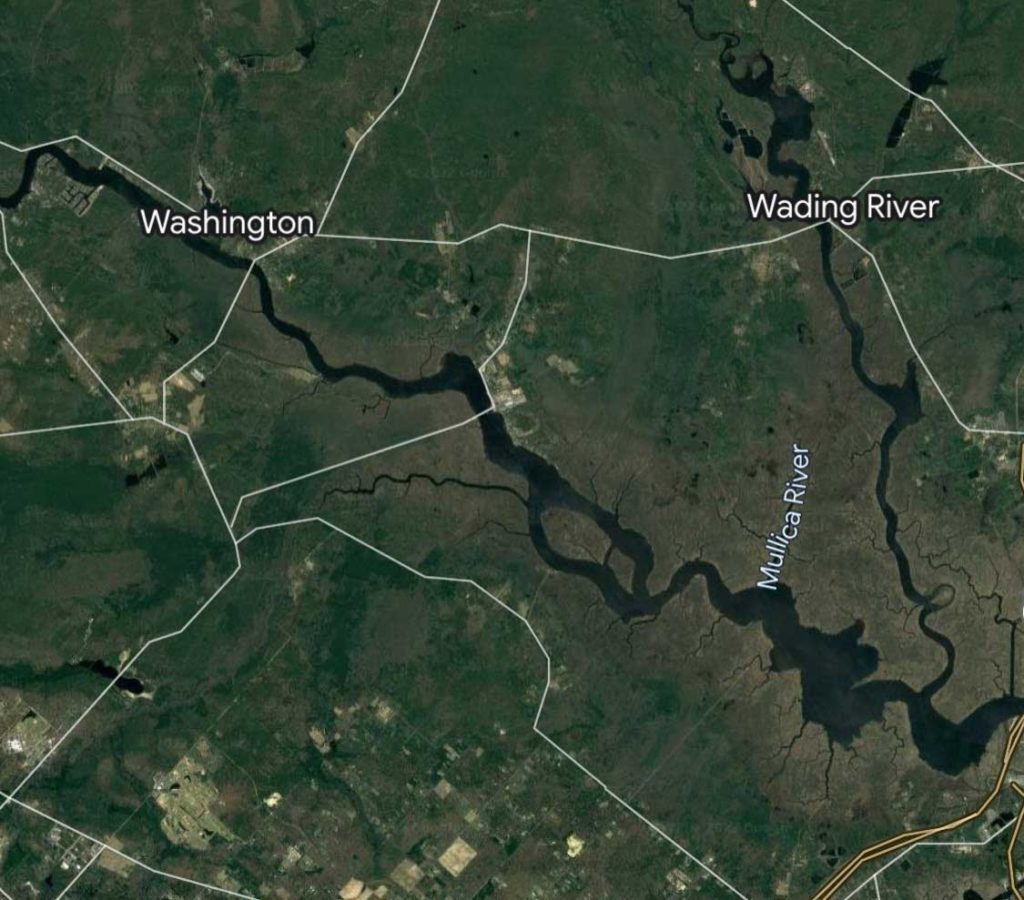
A 17th-century French artifact was recently found in a small New Jersey town and likely traveled there along a Native American trade route that stretched as far north as Canada.
Matt Biggins, a 36-year-old treasure hunter from Sweetwood, New Jersey, found what appears to be a liard — a type of currency used in France during the 17th century. The nickel-sized coin was buried in a backyard in Lower Bank, a village along the banks of the Mullica River, about a 30-minute drive from Atlantic City.
Biggins found the coin on a stranger’s property after asking the homeowner for permission to search their yard, which is common for metal detectorists to do, Biggins said. “A lot of people are shy in this hobby— I’m not,” said Biggins, who has been using his metal detector for about two decades.

Biggins said he has found colonial-era coins before — the region was settled first by the Dutch and Swedes, then the British — but never coins from France. One theory about how the coin got there is that it was acquired along a Native American trade route. The Lenape Indians, whose ancestral homeland is spread throughout the Delaware Valley, traded with the Iroquois, who in turn traded with French settlers in what is today Canada, said Craig Hollander, a history professor at the College of New Jersey.
“It’s likely that the pieces came through that northern trade route,” Hollander said. “However, it’s also possible that the pieces were brought by either Swedish or Dutch settlers, who somehow acquired them through their own exchanges with the French.”
Biggins said the liard is on display at his home where it will likely stay, proclaiming it one of the greatest finds of his life. “I don’t need the money,” he said. “I might not ever find a coin that old again.”